- It’s no secret that employee health and wellness play an important role in workplace retention and recruitment.
- Elements such as indoor air quality, outdoor spaces, natural light, and comfortable, sustainable furniture create a dynamic workplace rooted in employee wellbeing.
- By embracing workplace design strategies that prioritize wellness and sustainability, companies can welcome employees back to an office that actively supports their health and the way they choose to work.
This article was originally written by Spectorgroup’s Dexter Tinapay and Steven South for Work Design Magazine.
Hybrid and remote work have changed how employees view the office and how they are designed. When working from home, people can create comfort and warmth in their environments by simply changing the lighting, the thermostat, or where they work.
If employers want to attract teams back to the office, providing spaces that reflect a “resimercial” design – one that features the comforts of home – promotes productivity and a healthier workplace. By embracing workplace design strategies that prioritize wellness and sustainability, companies can welcome employees back to an office that actively supports their health and the way they choose to work.
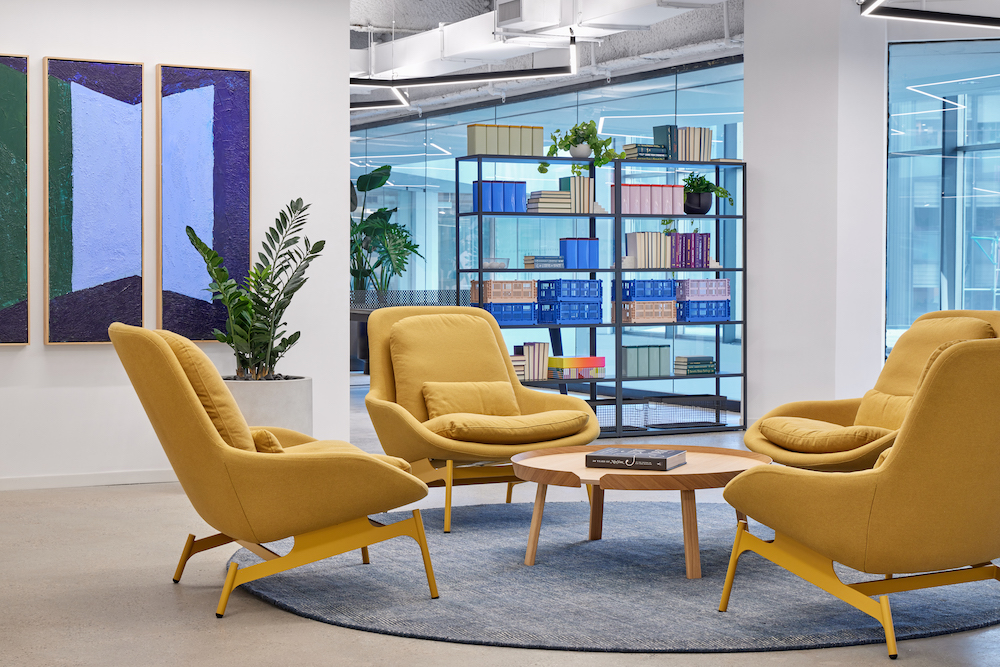
Planning A Space for Comfort
When planning an office space, thoughtful placement is a key driver in creating a comfortable environment. It begins with allocating space for both focused and collaborative work as well as incorporating design elements into those areas geared toward maximizing comfort and productivity.
At home, we typically have access to a kitchen, dining room, bedroom, office, and the outdoors, so offices need to be designed to mirror those areas. Options such as a pantry, open lounge, meditation rooms, phone booths, and outdoor spaces allow employees to choose their journey throughout the day rather than be limited to a workstation.
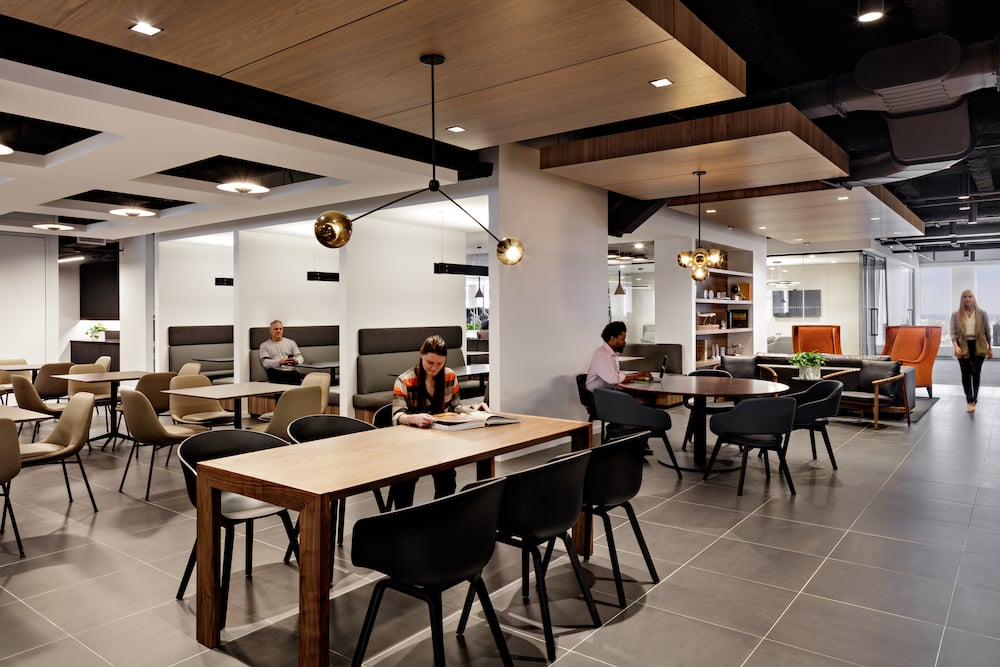
There has been a lot of pushback on open-concept layouts as a sea of workspaces can be loud, impersonal, and overwhelming. One solution for this would be to break up the plan into smaller neighborhoods, allowing the office to flow seamlessly into different areas and amenities. Since work styles vary, it is important to consider how people prefer to work and break the floor plan up into areas that offer both moments of solace and socialization.
Sustainable Design with Wellness in Mind
It’s no secret that employee health and wellness play an important role in workplace retention and recruitment. Elements such as indoor air quality, outdoor spaces, natural light, and comfortable, sustainable furniture create a dynamic workplace rooted in employee wellbeing. An essential aspect of sustainability is the integration of holistic practices within an organization. Having this conversation with clients early on in the design process ensures its implementation from day one.
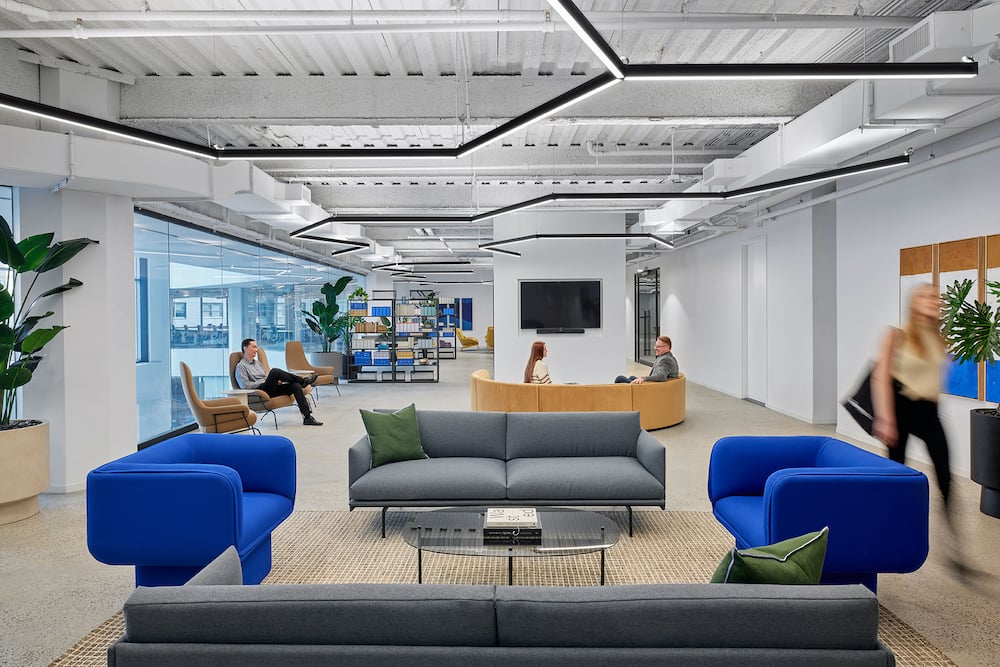
Although air quality can not be seen, it ultimately impacts employee productivity. Ensuring an office is properly ventilated can reduce the number of contaminants in the air while enhancing mood. Another big amenity draw is access to outdoor spaces as a source of fresh air and a change of scenery.
One way to enhance access to outdoor spaces is by converting unused areas into balconies and patios. Meanwhile, incorporating biophilic elements into the design can bring the outdoors in and create a soothing effect. Another important aspect is access to natural daylight and windows that provide optimal views of the surrounding environment, which can improve productivity and well-being.
When indoors, natural light can reinvigorate an office and reduce drowsiness and eye fatigue. Bringing light and fresh air inside creates an indoor-outdoor effect providing employees with a brighter and more welcoming environment. Quality of light is a crucial element in any office space as it plays a significant role in the overall functionality and wellbeing of employees. With different tasks requiring varying degrees of light, it’s essential to implement lighting strategies that cater to these needs. In addition, flexibility in light levels allows for customization to individual preferences and needs – similar to what can be experienced at home.
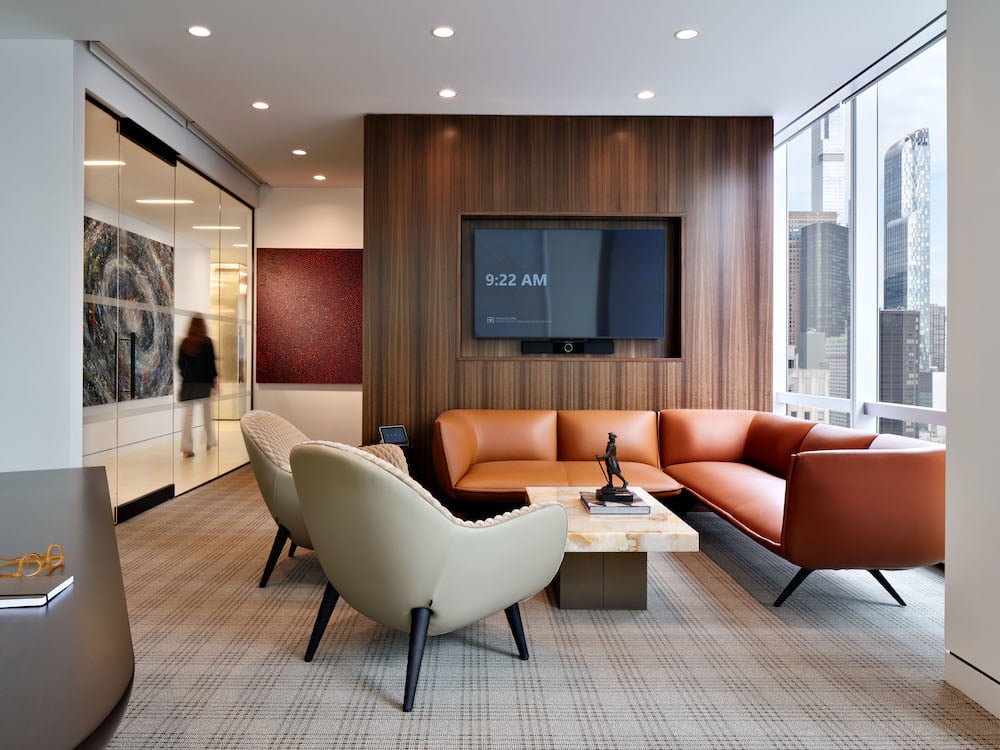
Comfortable seating and flexible workspaces are necessary when thinking about office design. When focused, heads-down work is required, employees may want to work somewhere quiet and comfortable. On more collaborative days, an open yet intimate setting may feel more conducive. When it comes to furniture, designers also need to be conscious of green practices – making sure to seek out manufacturers that have a clear focus on sustainable practices.
Another way to incorporate green furniture strategies would be to use repurposed pieces rather than hard-edge commercial furniture, or to invest in a chair that can be reupholstered and refreshed down the line to promote longevity. Understanding the lifecycle of products and materials being used is not only a good investment by an organization but also helps to mitigate waste and lower the overall carbon footprint of a workspace.
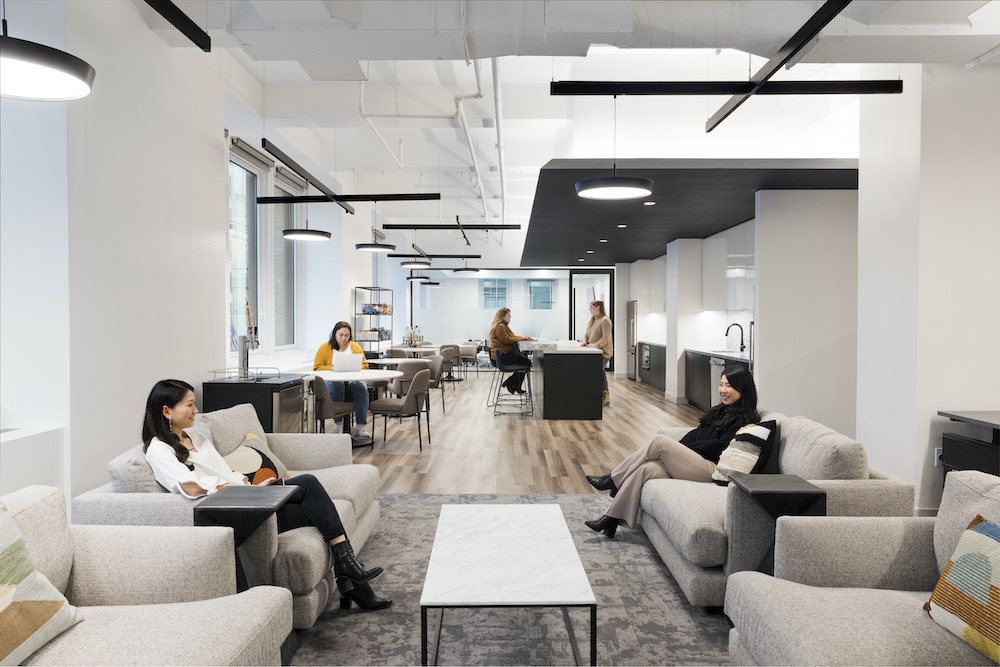
The Workplace As a Special Destination
A balance of hybrid and remote work attracts employees to the office because they’re given choices. The more choices people have, the lower their stress levels are as they can find an experience that works for them. Eliminating stress in the workplace can do wonders for mental health, and meeting employees where they are can make the day a lot easier.
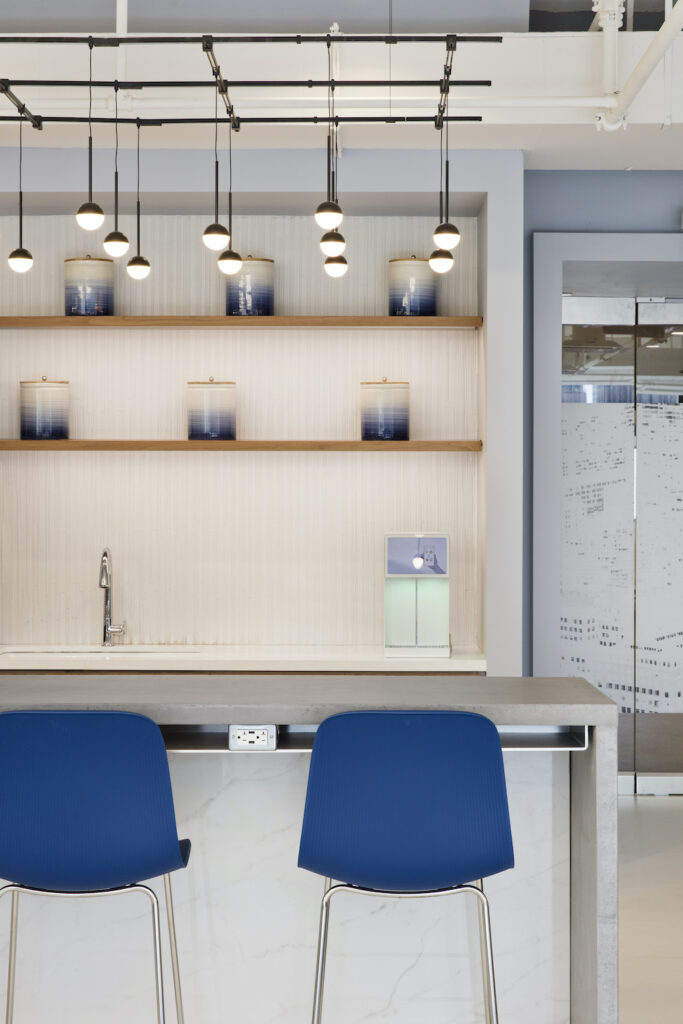
Now, how do you bring people back to the office? And how do we create a destination that is both comforting and promotes health? The answer is by providing employees with a space they enjoy going to and that supports their needs. Most people are not going to the office for focus work, they’re going to socialize, collaborate, be mentored, and feel more connected.
An environment that fosters company culture is not all about providing great amenities. If companies provide employees with everything in one place, of course, there is less of a need to go anywhere else. However, the objective is not to keep everyone in the office longer, it is about how to provide what employees need while they’re there.


 Dr. Gleb Tsipursky – The Office Whisperer
Dr. Gleb Tsipursky – The Office Whisperer Nirit Cohen – WorkFutures
Nirit Cohen – WorkFutures Angela Howard – Culture Expert
Angela Howard – Culture Expert Drew Jones – Design & Innovation
Drew Jones – Design & Innovation Jonathan Price – CRE & Flex Expert
Jonathan Price – CRE & Flex Expert












